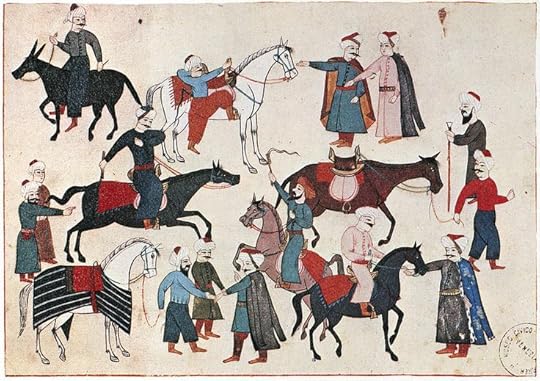What do you think?
Rate this book


417 pages, Paperback
First published January 1, 1998
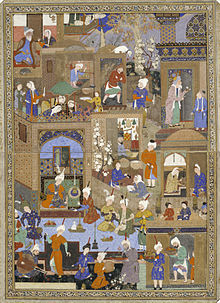
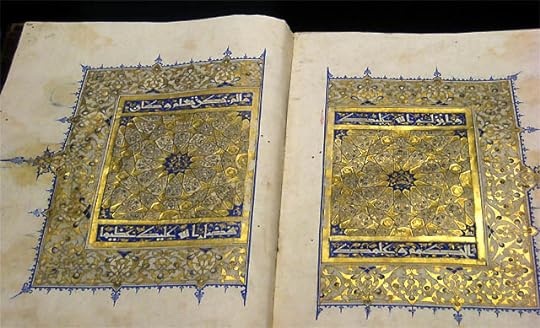
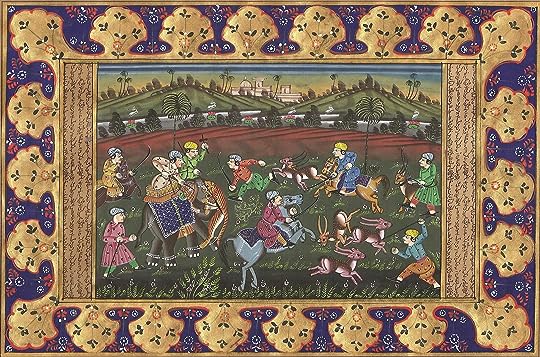
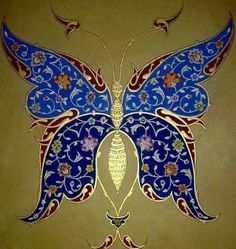
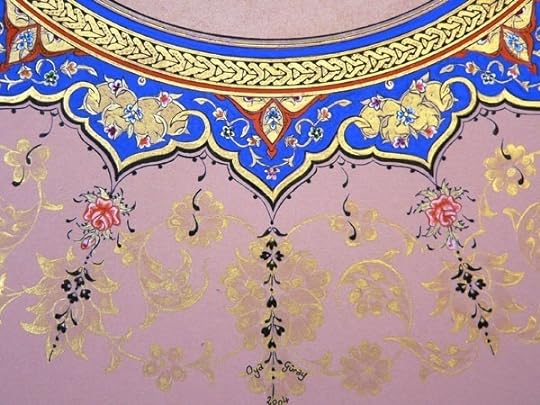
„N-am vorbit deloc, vreme îndelungată. Am văzut bufniţa care se aşezase pe acoperişul unei bisericuţe greceşti, în aşteptarea nopţii. I-am văzut pe mucoşii din mahala cum se uitau la straiele şi la bocceaua mea şi rîdeau. Am văzut un cîine rîios care se tot scărpina în vreme ce cobora voios din cimitirul cu chiparoşi în stradă, ieşind în întîmpinarea nopţii”.
